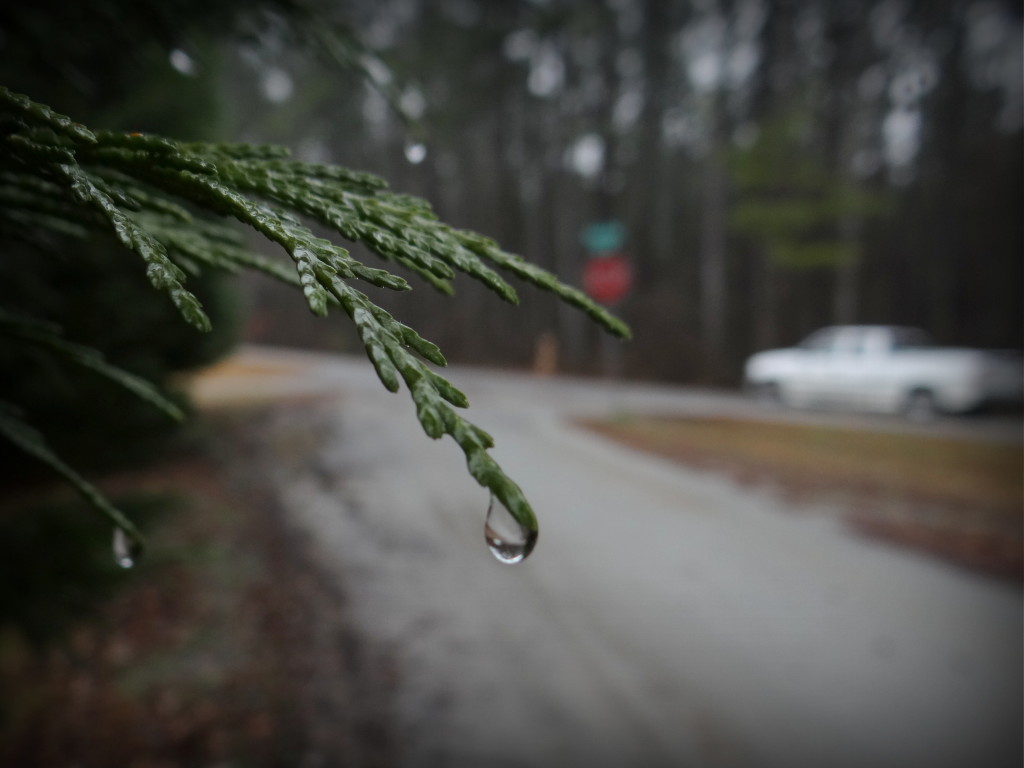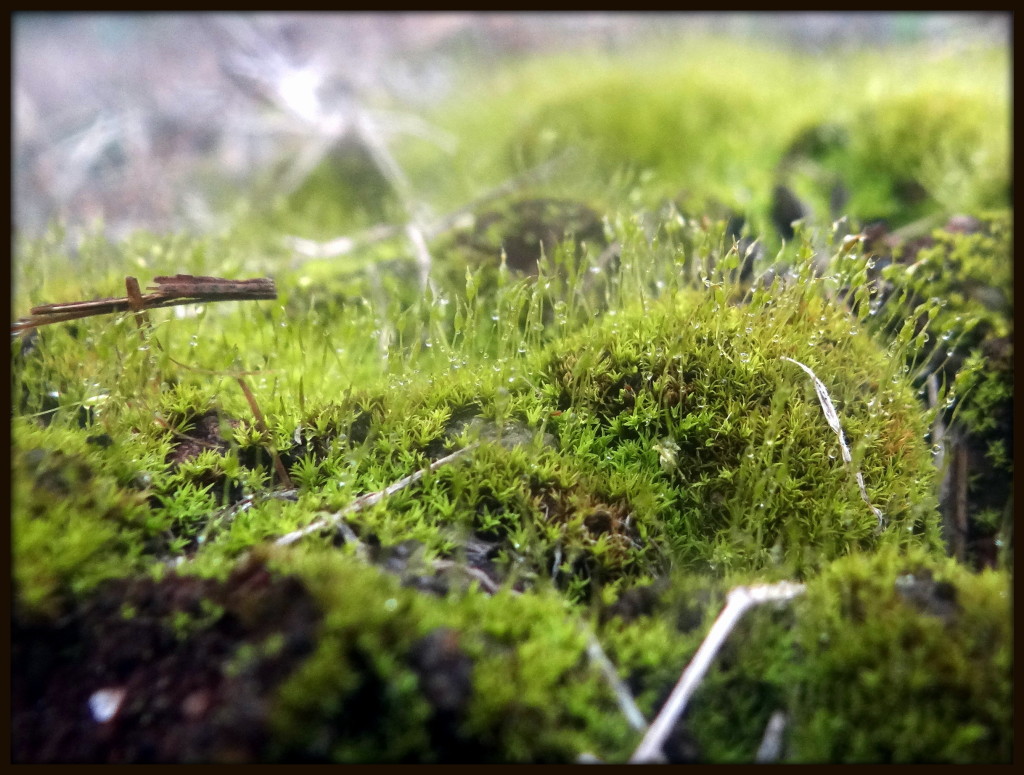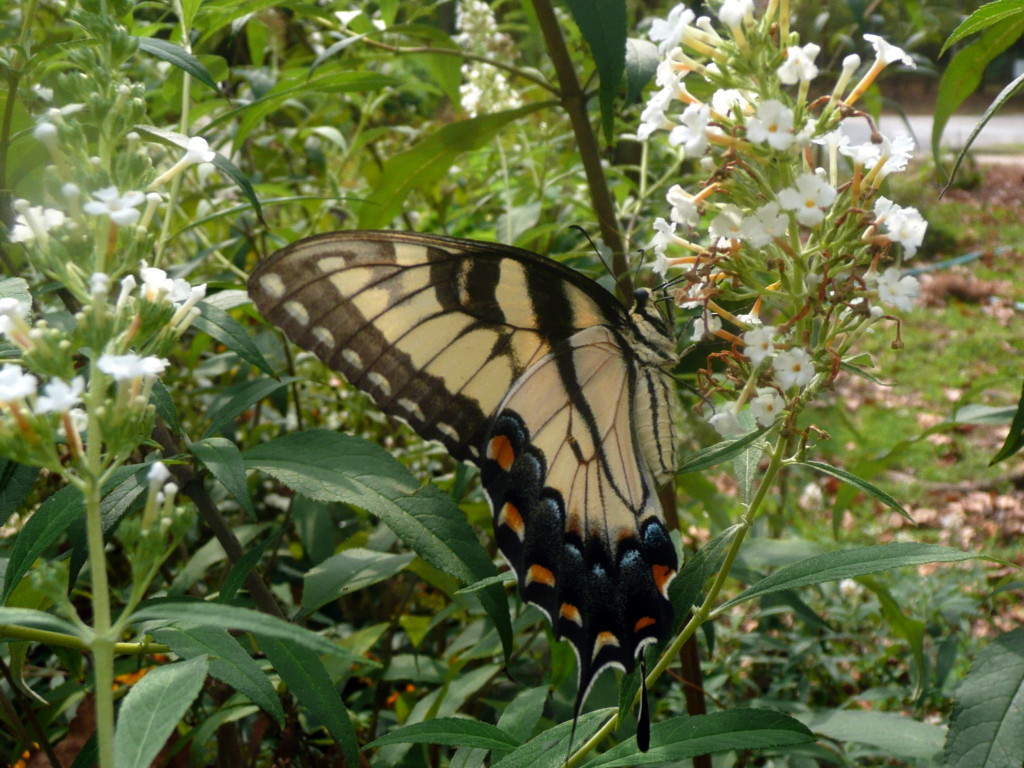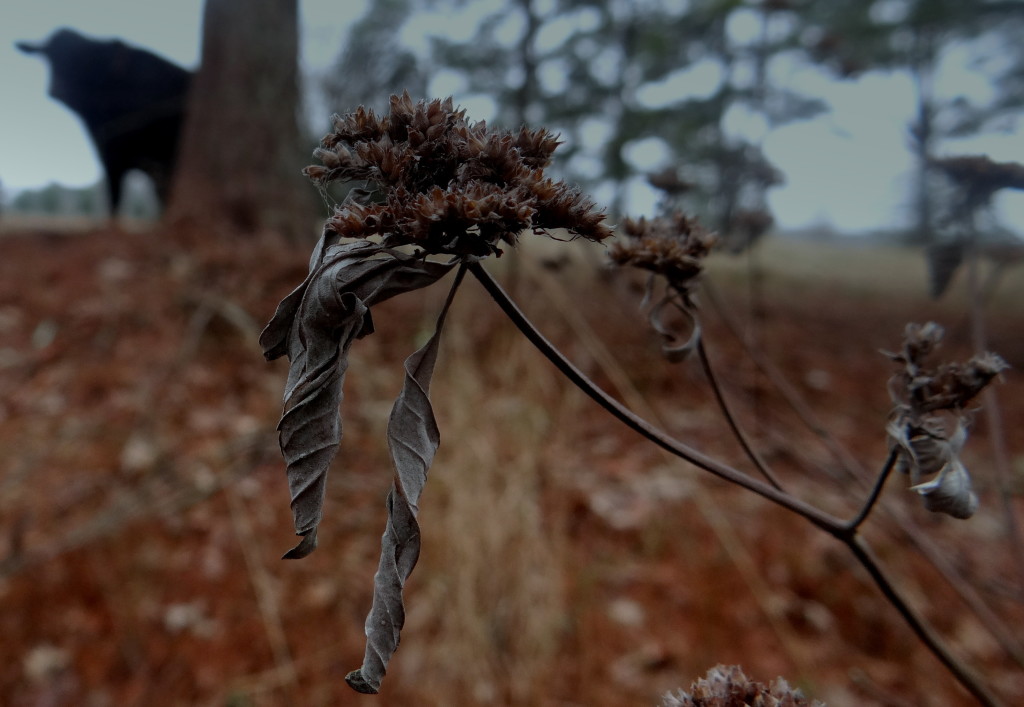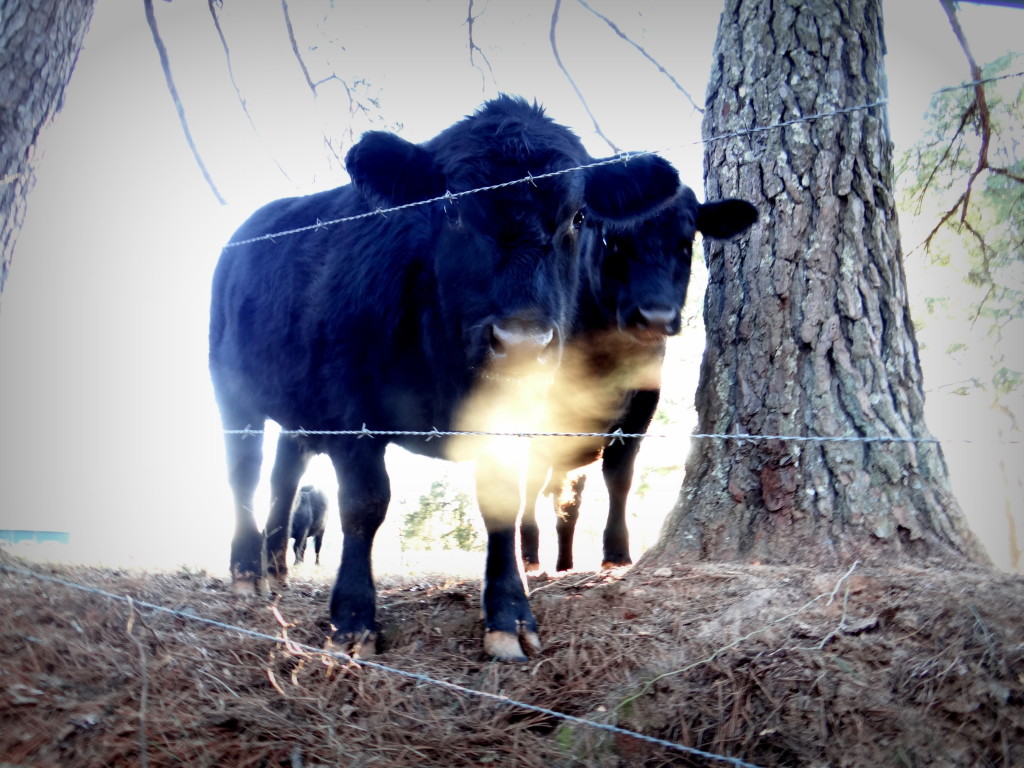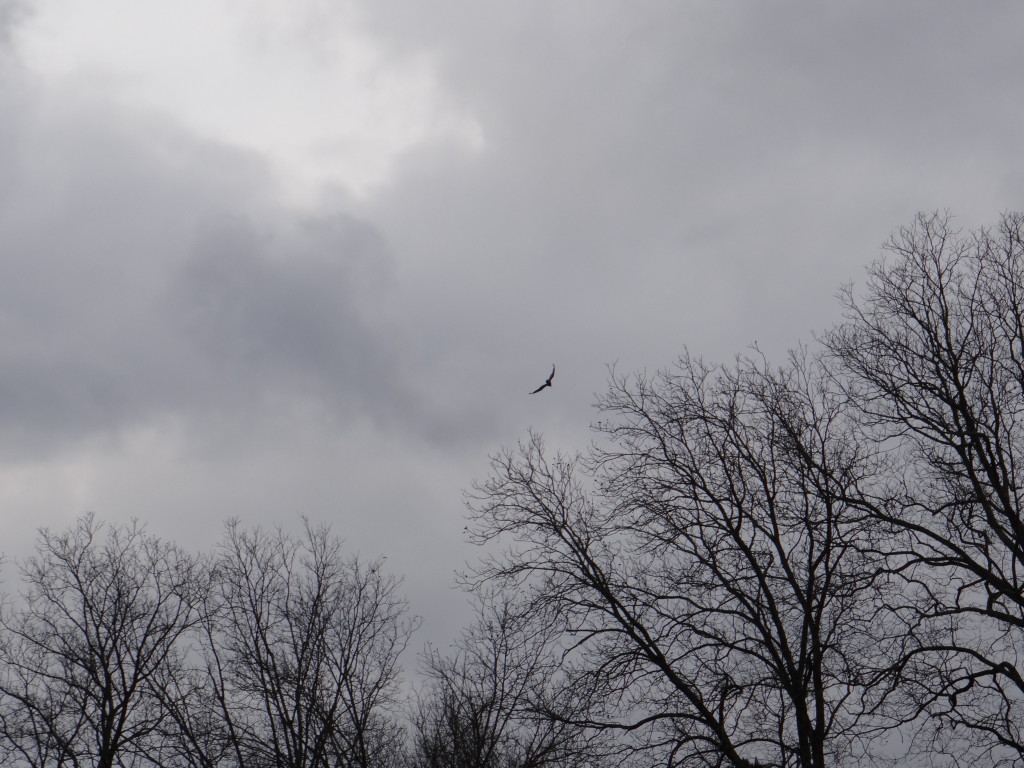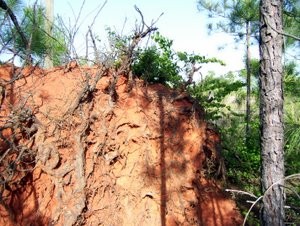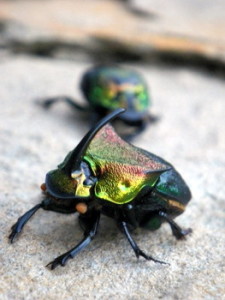
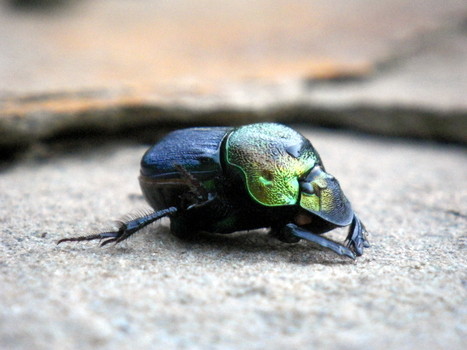
One year ago, scientists announced their discovery of the first animal ever observed using the light of the Milky Way galaxy as an aid to navigation. This same organism also uses the Sun and Moon to guide it on its journey. The animal in question is not a mammal or a bird, but a lowly dung beetle, an insect which (as its name suggests) feeds on excrement, and spends much of its life preparing balls of excrement to feed its young after they have hatched. While scientists do not believe that their eyes can detect individual stars, the beetles can perceive the gradient of light that our home galaxy traces across the night sky. As it rolls its ball of dung away from the source, the dung beetle will stop and climb to the top of the ball, in order to determine which way to go. This insures that the dung beetle will continue to move away from the original excrement source, rather than risk running into other dung beetles all clamoring for their share of the prize.
This is an article in praise of dung beetles. Often overlooked, maligned, and even ridiculed, these beetles have, for millions of years, quietly roamed the Earth (and burrowed into it), feeding on animal waste and using it to rear their young. In doing so, they help to clean up the environment and reduce the risk of disease. Not only is dung beetle behavior fascinating (many males will use horns on their head to spar with each other over females, for instance), but many dung beetles are quite beautiful, as well.
One of the most common, and intriguing, of the New World dung beetles is the rainbow scarab beetle, Phanaeus vindex, shown in the accompanying photos. About the size of a dime, this beetle is common across much of the country, from Arizona to Florida and north to Michigan and Vermont. Few people here in the US raise them for a hobby (which is true of beetles in general), although this author is thinking about doing so. Obviously, there are obstacles, but not enough to prevent the serious beetle enthusiast from having a go at it. As the foremost expert on beetle husbandry, Orin McMonigle, remarks in his magnum opus, The Ultimate Guide to Breeding Beetles, “The idea of handling dung does not appeal to everyone.” But “when a person moves past the dung aversion, these beetles prove very interesting.” In fact, they can be “curious, active, and comical captives.”
Dung beetles are perhaps the most historic of all insects. Revered more than four thousand years ago by the ancient Egyptians as a symbol of eternal life, scarabs (as dung beetles are also called) are commonly depicted in their paintings, statues, and jewelry. Dung beetles have a four-part life cycle, passing from egg to larva to pupa to adult. During the pupa stage, the beetles appear mummy-like; emerging from the pupa, the adults rise up out of the ground to begin the search for dung. It is likely that dung beetle pupae inspired the Egyptians to mummify their dead, while the adult beetles’ emergence into daylight evokes the mythological emergence of the dead into the afterlife.
Phanaeus vindex has, too, carries traces of ancient history. The genus Phanaeus, meaning “bringing light”, was named after the sun god of the ancient Greeks. The species name, vindex, is Latin, and means “protector”, perhaps because the rainbow scarab performs the necessary function of cleaning up dung, or maybe because of the male beetle’s prominent curved horn. Males come in two types – a characteristic called allometry. Some have long horns, and others have much shorter ones. When the beetle larvae have access to plenty of nutrients, they develop long horns; when nutrients are scarcer, they develop shorter ones. The longer-horned ones wind up battling each other for mates. The shorter-horned ones don’t always lose out, though. They tend to develop faster and emerge earlier from the ground, so they sometimes get to the females first. If that fails, they rely on stealth – trying to sneak past two males with locked horns to reach the waiting female.
The life of a Phanaeus vindex centers on the quest for excrement. The beetles are equipped with highly sensitive antennae that enable them to locate the freshest, most nutrient-rich dung possible. Some will even perch on a plant branch, antennae at the alert, waiting to detect the scent of newly-deposited dung wafting in the breeze. After locating a promising source, rainbow scarabs will begin constructing tunnels in which to deposit their find, and where the females will subsequently lay their eggs. (After the eggs hatch, the larvae will remain underground, feeding on the dung, until they pupate, turn into adults, and emerge to start the excrement search again.) In the wild, male and female dung beetles have been observed working together to construct nesting tunnels. Strangely enough, once placed together in captivity, a male and female pair of beetles will ignore each other, and the female will do all of the nest-building work.
Yet another unusual quality of Phanaeus vindex is that the beetles are vibrotaxic. This means that that they can detect, and respond to, vibrations in their environment. A rhythmic tapping on the side of a beetle enclosure will cause its occupants to move in unison with the beat. Stop tapping, and the beetles stop moving, like children playing “Red Light / Green Light.” Scientists theorize that this behavior helps the beetles avoid predators, such as lizards, mice, and birds.
Dung beetles have fascinating behaviors and sport eye-catching metallic colors. Ultimately, however, dung beetles are worthy of merit simply because all living things are. All organisms on Earth participate in a complex web of ecological relationships of which we, too, are a part. As Arthur Evans and Charles Bellamy explain at the close of their book, An Inordinate Fondness for Beetles, “…beetles play a significant part of a seasonal exchange between earth and sky, a pulse in the cycle of life. Each beetle is but part of a population and embodies the sum total of its evolutionary history and potential. Each population interacts with the others, including our own, and with the soil and atmosphere in a multiplicity of interrelationships that melt seamlessly into one another. We can take solace in beetlephilia.”
This article was originally published on February 18, 2013. Both photographs are copyright Valerie Hayes.
